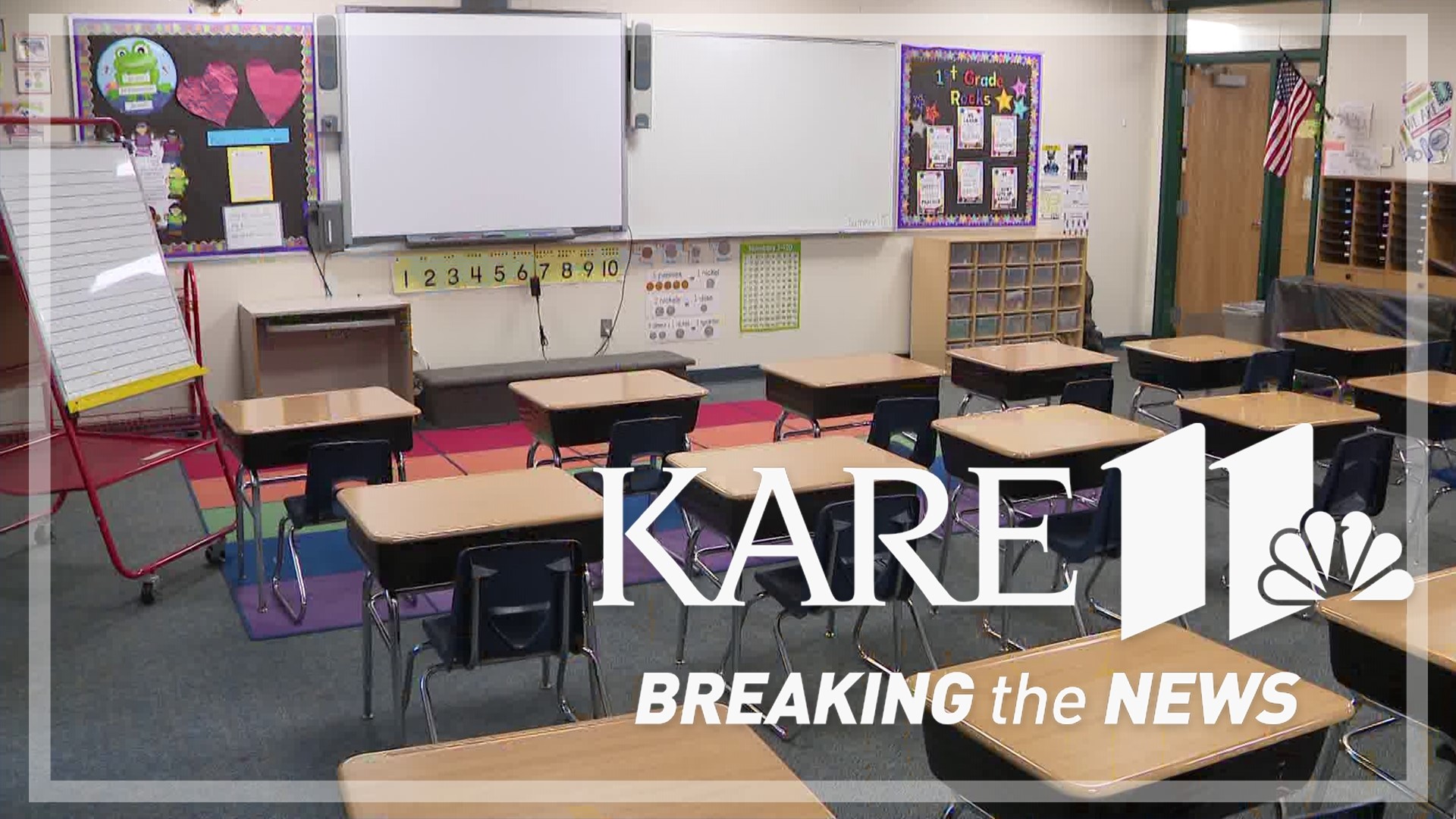ST PAUL, Minn. — Over the past couple of years, there have been staffing shortages amongst several professions within school districts, including paraprofessionals, bus drivers and food service workers.
A new Minnesota law is trying to retain those workers by giving hourly school workers access to something most other workers already have — unemployment insurance if they can't find temporary work in the summer.
"People have been working to get this exclusion, to end this exclusion, for decades," said Rep. Emma Greenman (DFL-Minneapolis). "We're just doing it now, but I think it's been long overdue."
For 80 years, those workers weren't legally able to access what Rep. Greenman calls a "basic worker's right." The workforce is predominately made up of people of color, women and people over the age of 50.
"I think the legacy of this exclusion is really rooted in gendered and racist norms," said Rep. Greenman.
The positions were also born at a time when unions didn't exist, making it impossible to fight for protections. Hamline University political science professor David Schultz called the change historic.
"This is an enormously big deal for the workers and really for worker's rights in Minnesota in terms of setting a precedent across the United States," said Schultz. "What it really does here, is gives a group of workers, who are otherwise relatively powerless and unable to protect themselves over time, gives them more bargaining power."
The change has been a decades-long fight, and while it brings unemployment insurance in line with how it covers other seasonal workers, it has also long faced criticism.
"What do you say to the critics who might say, and I'm summarizing, 'You knew this was a nine-month job when you took it,'" asked KARE 11 reporter Jennifer Hoff.
"It's actually not the way our economy and job market should run, but what we know is we want these folks to come back," said Rep. Greenman. "They've left for other jobs, especially in this environment."
The law gives workers a safety net and a reason to return to work when staffing shortages persist. At one point, Anoka-Hennepin, the state's largest district, was down some 75 paraprofessionals. The bus company, First Student, needed 200 drivers, and when food service workers in Hastings went on strike to fight for higher wages, sometimes students served lunch instead.
"This is really about that economic security to make sure you can pay your bills and feed your families if that job falls through or you don't get those hours," said Rep. Greenman.
But critics question how this mandate will be sustainable. Those in favor say, after the program is enacted, they'll have a better idea of its long-term cost.
The law will start by setting aside $135 million to pay for these benefits beginning this summer. That could impact about 70,000 people, but Rep. Greenman thinks only 30% would apply.
You still have to qualify and in part, be actively looking for additional employment. For answers to more questions regarding eligibility, click here.
WATCH MORE ON KARE 11+
Download the free KARE 11+ app for Roku, Fire TV, Apple TV and other smart TV platforms to watch more from KARE 11 anytime! The KARE 11+ app includes live streams of all of KARE 11's newscasts. You'll also find on-demand replays of newscasts; the latest from KARE 11 Investigates, Breaking the News and the Land of 10,000 Stories; exclusive programs like Verify and HeartThreads; and Minnesota sports talk from our partners at Locked On Minnesota.
- Add KARE 11+ on Roku here or by searching for KARE 11 in the Roku Channel Store.
- Add KARE 11+ on Fire TV here or by searching for KARE 11 in the Amazon App Store.
- Learn more about the KARE 11+ app for Apple TV in the Apple App Store.
- Learn more about KARE 11+ here.
Watch more Breaking The News:
Watch all of the latest stories from Breaking The News in our YouTube playlist:

